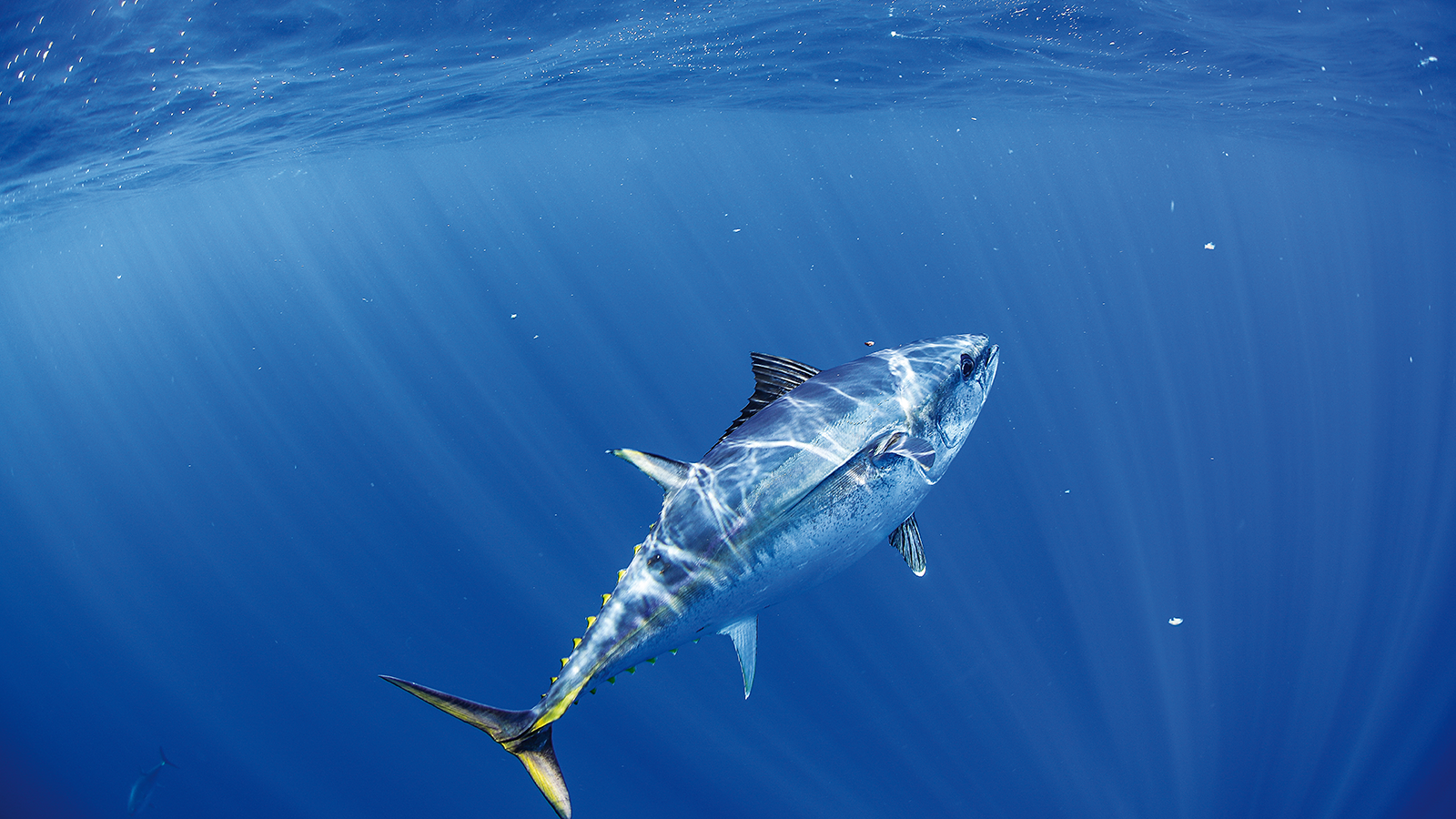There is an urgent need to ensure that the spatial structure of the management arrangements in the Commonwealth-managed Small Pelagics Fishery matches the ecology of the species taken. Present fishery zoning is essentially jurisdictional, whereas spatial management arrangements need to be both based on whatever biological information exists, and reflect appropriate precaution for uncertainties. As a consequence, there is a need to gather the best information about the spatial structure of small pelagic fish species taken in the fishery that will provide input to both inform a precautionary approach to spatial management and identify the most appropriate research in the next 5 years (approx.) to improve the basis of spatial management and reduce the reliance on precaution. In the absence of definitive scientific proof, a precautionary approach would usually assume small spatial units rather than large ones.
Project number:
2006-076
Project Status:
Completed
Budget expenditure:
$108,596.00
Principal Investigator:
Catherine Bulman
Organisation:
CSIRO Oceans and Atmosphere Hobart
Project start/end date:
30 Oct 2006
-
30 Jun 2008
Contact:
FRDC
1. Undertake a review of the global literature on the subject of small pelagic species stock structures and delineations. The review should focus on available scientific knowledge and current understanding from similar species or general knowledge of the spatial structure of physical and biological processes in this area to suggest an appropriate spatial structure for immediate management.
2. Consolidate and review existing information on small pelagic fish species. Derive from this information, one or a range of reasonable interpretations or hypotheses for the spatial stock structuring of small pelagic species in the Commonwealth Small Pelagics Fishery off southern Australia.
3. Develop from the above interpretations/hypotheses a suite of potential and appropriate interim spatial management zones and measures, recognising the alternative hypotheses and the likely need for precaution.
4. From these hypotheses, generate recommendations regarding sampling design and appropriate analytical techniques to use in a future study to resolve the key uncertainties for future management.





